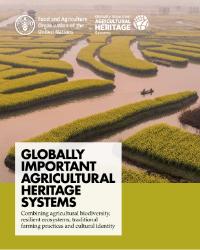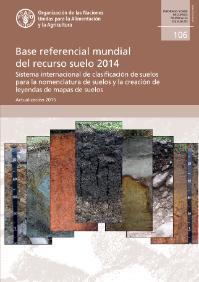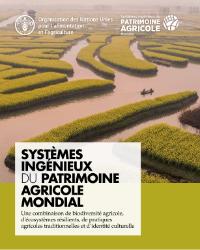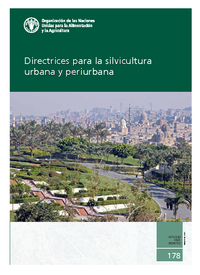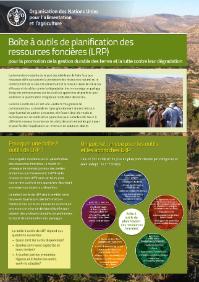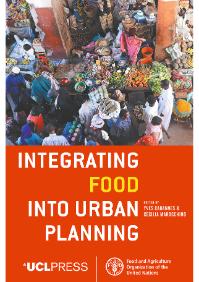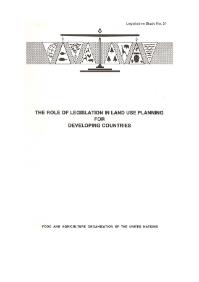Land Resources planning (LRP) to address land degradation and promote sustainable land management
The growing challenges of population growth, demands on limited resources by diverse actors, land degradation, biodiversity loss and climate change require the rational use of resources to sustain and enhance productivity and maintain resilient ecosystems. The availability of suitable planning tools and information to support the decision-makers at different scales and across sectors is limited.


